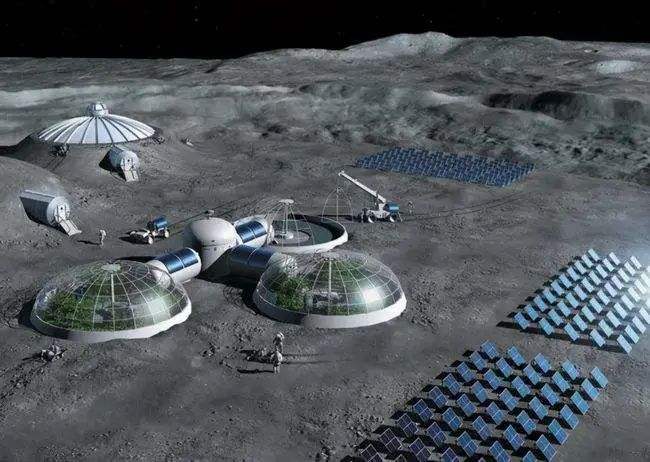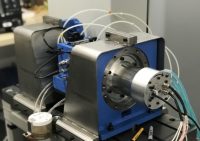Chinese academicians and experts recently answered questions from Chinese netizens on the Internet platform: A new generation of life support systems is expected to play a key role in future lunar scientific research stations, basically meeting the water, oxygen and food needed for human survival, helping astronauts to achieve long-term residency Keep.
There are currently three types of life support systems. The first is to carry a supplementary life support system to transport the food and oxygen needed by astronauts to the sky. This technology can meet short-term space residency. According to Academician Wang Jun, the daily energy required by astronauts is 2,800 kcal, and the corresponding material requirement is 16.4 kilograms.
If you stay for half a year, you need 3 tons of supplies. An astronaut carries one kilogram of food, and the corresponding launch weight is 300 times that of the launch weight, and it requires a launch weight of 900 tons to transport survival supplies for half a year, which is obviously unrealistic. The second generation of life support system came into being. The physical and chemical regenerative life support system generates oxygen through electrolysis of water, which reduces the supply of oxygen resources and water resources while ensuring the normal operation of the experimental platform.
With the help of the second-generation life support technology, Chinese astronauts achieved a leap of three-person space residency for half a year. If you want to achieve longer residency, or even perennial survival, you need a third-generation life support system, that is, a bio-regenerative life support system. Through people, plants, animals, and microorganisms, a controlled ecosystem is formed, similar to the ecology of the earth.
At present, many countries, including Russia and Japan, have conducted ground experiments to explore the construction of such ecosystems. The “Yuegong” No. 1 biological regeneration environmental protection system developed by Academician Wang Jun at Beihang University is the first in the world to realize the artificial closed ecosystem of “human-plant-animal-microbe” four biological links. The experimental device was developed by Professor Liu Hong, and the two groups of members actually lived in the closed cabin for up to 370 days, setting a record.
With the gradual completion of China’s “Tiangong” space station, my country is transferring ground experiments to space, and planting experiments are also being carried out in an orderly manner. From well-growing rice to lettuce eaten by astronauts during the Mid-Autumn Festival, these developments have received widespread attention. According to Academician Wang Jun, the most difficult part of growing vegetables in space is the weightless environment, which is difficult to achieve with ground environment simulation technology. Once we figure out which plants can adapt to the weightless environment in space, it will make longer-term space residency a reality in the future.
Academician Wang Jun introduced that once the third-generation life protection technology is mature, it will make the moon vegetable growing and long-term residency a reality, basically meeting the needs of human survival. “The regenerative life protection system has a lot of plants and microorganisms, living with people in a closed cabin on the ground, which can ensure 100% of people’s oxygen, and basically guarantee 100% of people’s water. In addition, it can guarantee 70% to 80%, even 90% of the food supply.”




GIPHY App Key not set. Please check settings